|


The American Farmer
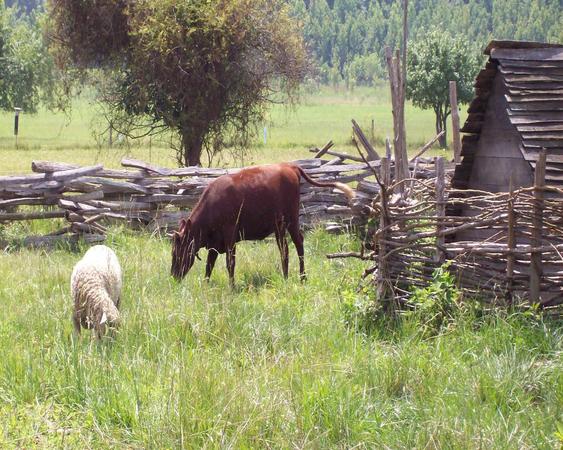
The American Farmer & The Early Farm Tractor
1891 thru 1917
|
The first half of the 1860s was a period of great experimentation but by the end of the decade the standard form of the traction engine had evolved and would change little over the next sixty years.
It was widely adopted for agricultural use. The first tractors were steam-powered plowing engines. They were used in pairs, placed on either side of a field to haul a plow back and forth between them using a wire cable.
In Britain Mann's and Garrett developed steam tractors for direct ploughing, but the heavy, wet soil of England meant that these designs were less economical than a team of horses.
In the United States, where soil conditions permitted, steam tractors were used to direct-haul plows. Steam-powered agricultural engines remained in use well into the 20th century until reliable internal combustion engines had been developed. |
| In 1891 William Deering and Co. built an engine with two parallel vertical cylinders which developed 6 horsepower. This was mounted on a New Ideal mower to make it a self-propelled unit. Later this Company designed and built 12- and 16-horsepower engines. One of these engines was used on a self-propelled vehicle from 1892 to 1895; another on an experimental corn picker; and still another was mounted on a mower which was demonstrated at the Paris Exposition in 1900 and at the St. Louis Exposition in 1903.
The Deering Company and the McCormick Harvesting Machine Company,
competed aggressively with each other, and in 1902, the companies merged
to form the International Harvester Company.
|
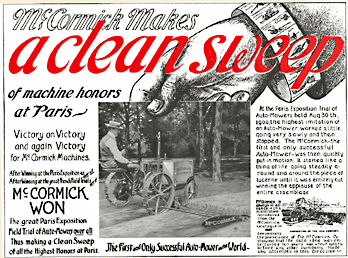
1901 Paris Expo Advertisement |
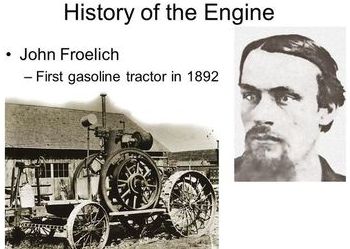
click-on pic to enlarge |
In 1892, in Clayton County, Iowa John Froelich did for the modern farm tractor what the Wright brothers did for aviation and Ford did for autos. Froelich built the first gasoline tractor that would move backward as well as forward. He pieced together a farm tractor from components made by other people. Froelich built his farm tractor by mounting a gasoline engine manufactured by the Van Duzen Gas and Gasoline Engine Company on a steam traction engine chassis made by Robinson and Company. The following year (1893) Froelich incorporated the Waterloo Gasoline Traction Engine Company of Waterloo, Iowa. |
The company experimented with farm tractors for several years but sold only gasoline engines. In 1895 the Waterloo Gasoline Traction Engine Co.
was reorganized as the Waterloo Gasoline Engine Co. Having achieved considerable
success in building gasoline engines, this concern continued its program of building experimental tractors. Almost 20 years passed,
however, before this Company began production of its kerosene-burning
farm tractor known as the "Waterloo Boy."
The Waterloo firm in 1918 was purchased by John Deere & Company. John Deere also acquired its now-familiar green-and-yellow trademark color scheme. |
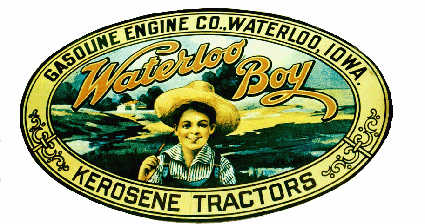 |
Name Change: Gasoline Traction Engines To Farm Tractors
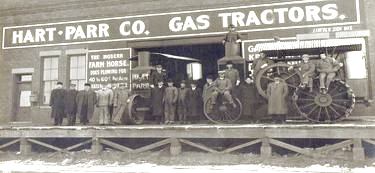 |
In the early years, Farm Tractors were referred to as gasoline traction engines. In the spring of 1907, the Hart-Parr Company determined to find a shorter name and eventually hit on the word, "Tractor," meaning a machine for pulling or hauling. From that time on, they advertised themselves as manufacturers of "Farm Tractors," and have consistently used that term ever since. Trade papers and newspapers took up the new name. Other companies used it later, and today the entire industry is
called the "Farm Tractor Industry." |
In the last decade of the 19th century, engineers were trying to adapt the
crude gas engine of that period to farm purposes. In 1892, two young men from Western farms, C. W.
Hart and C. H. Parr, entered the University of Wisconsin and determined to solve this problem. When they
graduated in 1896, after having built several successful gas engines in the University shops, they built
a shop (above) in Madison, Wisconsin, and there for four years manufactured and sold a series of very successful
stationary gasoline engines. In 1900, they moved their shop to Charles City, Iowa, Mr. Hart's home. There,
in 1900, they perfected their ideas for a gasoline traction engine which was finally built and successfully
operated in 1901. |
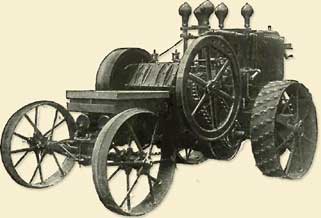 |
Hart-Parr
Number one
gasoline traction engine. Built in 1901 sold
in 1902 operated by its farmer owner for 17 years.
|
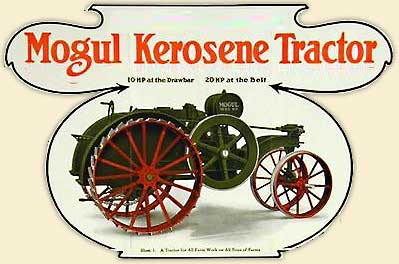 |
It wasn't long before Hart-Parr had to battle for tractor sales. In 1902, McCormick and Deering, the two largest harvesting machinery companies,
merged. Together with a few smaller firms, they formed a large trust that achieved an unparalleled horizontal integration of the industry. Almost
immediately the new giant, christened the International Harvester Company,
By 1910, International Harvester became the leader in tractor sales and by 1911 furnished about one-third of the United States' production.
Left: In 1910, International Harvester introduced its "Mogul" farm tractor that year and they would become the leader in farm tractor sales and by 1911 furnished about one-third of
the United States farm tractors. By 1912, International's annual farm tractor sales had increased to a few thousand tractors per year.
|
Farm Tractor Growth
The tractor begins to replace horses.
| YEAR |
TRACTORS |
HORSES |
| 1920 |
246,083 |
25,742,000 |
| 1925 |
505,083 |
22,589,000 |
| 1930 |
920,021 |
19,124,000 |
| 1935 |
1,123,251 |
16,683,000 |
| 1940 |
1,567,430 |
15,182,000 |
| 1945 |
2,421,747 |
12,100,000 |
| 1950 |
3,609,281 |
7,800,000 |
|
|
|
 |
|
When the Bull tractor (above) came onto the market in 1913 it was an immediate sensation. Here was the first successful small farm tractor to be offered, and farmers bought them by the thousands. Old-timers in the tractor business found that farmers were far |
more interested in the small Bull tractors than in their oversized heavyweight farm tractors,
and within the year, virtually every manufacturer, and those aspiring to be so, were attempting to build "small" farm tractors.The Bull was a fraction of the weight of older farm tractors, yet delivered
five horsepower at the drawbar and twelve on the belt. But the farm tractors most welcoming attribute was its price, variously reported between $395 and $800.
In 1914 the Bull Tractor Company held first place in tractor sales,
falling to second place in 1915, fourth in 1916, and seventh in 1917.
The Bull tractor died in 1918, the Bull Tractor Company's brief success
is somewhat remarkable since The Bull Tractor Company itself did little
if any actual manufacturing. The tractors were farmed out to be manufactured
by the Minneapolis Steel and Machinery Company. The company used engines
from a variety of suppliers, but when engine suppliers could not meet Bull's needs the industry passed them by.
The account of the Little Bull farm tractor exemplifies the unpredictability that marked the early farming tractor era.
It rose from a position of zero
tractor-sales to 38 percent of
total tractors sold in just eight months; first in tractor
sales in 1914, to seventh place in 1917, and finally, to suspension of production in 1918. |
Farm Tractor Shows

Above: Parking lot of the 1916 tractor show held at Fremont Nebraska. The show drew tens of thousands of visitors from many surrounding states. Several prominent people made appearances, including Cyrus H. McCormick, president of the International. Henry Ford, the car-manufacturing magnate, and his son, Edsel, were also on hand. Henry Ford spent his time shaking hands with farmers and supervising his mechanics, who were operating three Fordson farm tractors.
|
The publicity that the press furnished the tractor was increased by the great national tractor shows,
the first of which was the Winnipeg farm tractor show in 1908 .
In its early years, the farm tractor competition became something of a face-off between internal combustion and steam engines.
In 1910, the show delivered a decisive victory to the internal combustion camp. The age of steam was over, and the Winnipeg
Tractor Trials had become exceedingly important to the industry, the press, and the farmer alike. By 1912, most tractor companies
saw the importance to competing at Winnipeg. It was the Winnipeg show that first indicated the new direction in which the tractor
industry was moving when in 1913 the small Bull tractor stole the show.
|

click-on pic to enlarge |
Because of location and cost of competing the tractor companies lost interest in the Winnipeg Tractor Trials. In it's
place A series of tractor shows were staged in the Midwest from 1913 to 1919. The special events were held at selected
sites reaching from Texas to the Canadian border. The tractor shows accelerated the introduction of farm tractors in the
United States. These tractor shows were huge and popular events that drew hundreds of thousands of people.
Left: Fordson farm tractor performing at a farm tractor demonstration.
|
New Names in the Farm Tractor Industry
Soon the farm tractor market would become saturated. The Rumely Company, already well established in steam and threshing machines,
began building their soon-to-be-famous "Oil Pull" in 1909. At the same time, the long time implement manufacturing firm of B. F. Avery
began selling tractors through its dealer network.
The following year, another long time farm industry player, Aultman-Taylor began manufacturing tractors. International also introduced its "Mogul" in 1910. Even companies outside of the implement industry were attracted
to tractors. For example, the Minneapolis Steel and Machinery Company, later to be a part of Minneapolis-Moline, began selling tractors.
In 1911, the huge railroad supply and windmill company of Fairbanks-Morse started building tractors. Finally, one of the largest steam
engine makers, the J. I. Case Threshing Machine Company, also threw it's hat into the farm tractor production ring.
All of these companies were old, established firms. They were well financed and capable of concentrating enough capital to embark on
substantial production runs, which, although small in absolute numbers, were huge in relation to previous output. Even though these
companies had organized marketing structures, they soon saturated the farm tractor market
|
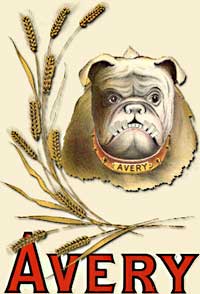
|
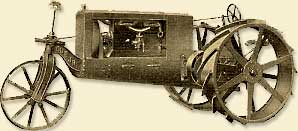 |
The instant success of the Bull Tractor Company influenced the tractor industry far more than the company's short life. Almost immediately, other farm tractor manufacturers rushed out their own light farm tractors.
One of the more successful companies in building small farm tractors was the Wallis Tractor Company, the farm tractor
division of J. I. Case Plow Works. In 1913, it introduced a farm tractor that was more expensive than the Bull, but
was far better designed and better built. For some time the Wallis people had built and sold a large tractor that
they named the "Bear." Logically, then, when their small tractor emerged from the factory, it was dubbed the "Cub." |
The "Cub" traveled in it's own railroad car to plow contests
and demonstrations were it established many plow records. (Right)
The Wallis farm tractor was far ahead of it's time, and departed from common practice in tractor construction in two significant ways,
it had no frame in the conventional sense. The lower portion of the engine was a curved section of boilerplate, that connected to the
front-end assembly on one end and to the transmission on the other. The frameless design became an industry standard in years to come.
The other significant and advanced feature in Cub design was its single front wheel. It was not widely copied immediately, but a decade
later and the introduction of the row-crop tractor, the single-wheel or narrow front end became the "conventional" steering gear for farm tractors.
|
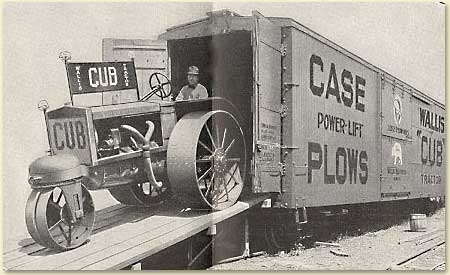 |
The Farm
Tractor Industry Becomes Standardized |
In 1917 the farm tractor industry would reap the benefit of the experience
and knowledge of the automotive world when the Society of Tractor Engineers
merged into the far larger Society of Automotive Engineers. The Automotive
industry was far more advanced and experienced in engineering and engineering
standards.
Many of the first farm tractors were cobbled together in shops that resembled
blacksmith shops instead of modern factories. Immediately the tractor companies
gained the benefit of the experience-earned knowledge of the automotive world.
It's hard to imagine running a farm tractor today with
without an air filter, however in the early days of the
industry not only were many tractors sold without them, some tractor company
bankruptcies can be partially linked to engine failures
caused by the lack of one. Within a few years after
standardization primitive ignitions, chain drives, exposed gear drives and babbit
bearings were quickly replaced in many models, or old models were replaced
entirely. |
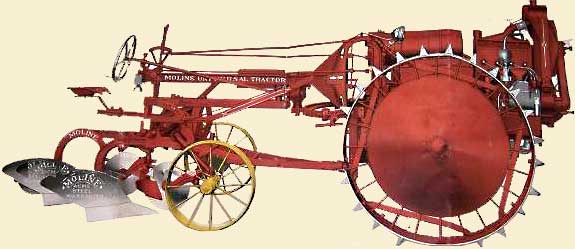 |
The early years of farm tractor development, manufacturers concentrated on heavy, high powered machines to replace steam
engines. In the mid-1910s, Farm tractor engineers turned to the demands of small farmers. Successful two and three plow tractors
were developed, but failed to meet one very big and important power need on American farms
- they could not handle row crop cultivation.
Even after making the investment in a tractor, a small farmer needed to maintain a team of horses to cultivate row crops. |
The result was the motor cultivator, a very light machine primarily designed to carry a set of cultivators. A fundamental problem
with the machine was that its usefulness was limited to cultivating and a few other very light tasks. A farmer needed a heavy plow
tractor to work the ground in addition to the motor cultivator to weed the growing crop. Fate of the motor cultivator was sealed
in 1924 when IHC placed the Farmall tractor on the market. The Farmall could plow and cultivate all for the price of one machine.
The only motor cultivator to survive the appearance of the Farmall was Rumely's Do-All, which remained on sale into the 1930s.
In Summery . . .
While unpopular at first, these traction powered machines began to catch on
in the 1910's, when they became smaller and more affordable. Since the turn
of the 20th century, internal combustion engines have been the power source
of choice. Between 1900 and 1960, gasoline was the predominant fuel, with
kerosene (the Rumely Oil Pull Hit & Miss engine) and ethanol
being common alternatives.
Generally, one engine could burn any of those, although cold starting was easiest
on gasoline. Diesel, liquefied petroleum gas, biodiesel and even vegetable oil is
also being used by some farmers. Space technology has been incorporated
into agriculture in the form of GPS devices, with robust on-board computers
installed on their tractors.
The development of the farm tractor has lifted farm drudgery, off of flesh and blood and lay it on steel, engines and rubber tires, has been a great advancement for the evolution of the American Farmer of today. . . . . |
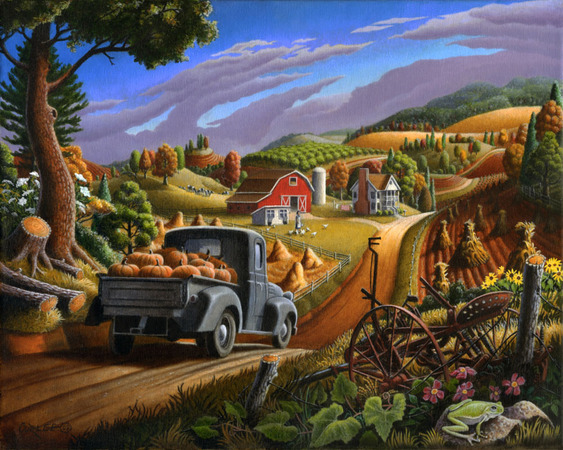


 TTG Home Page Here TTG Home Page Here
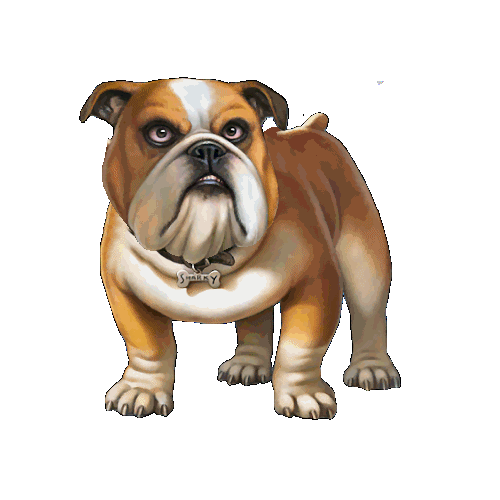
© 2011 ~ 2022
site designed built and is maintained by
thetractorguysct.com all rights reserved
|



















